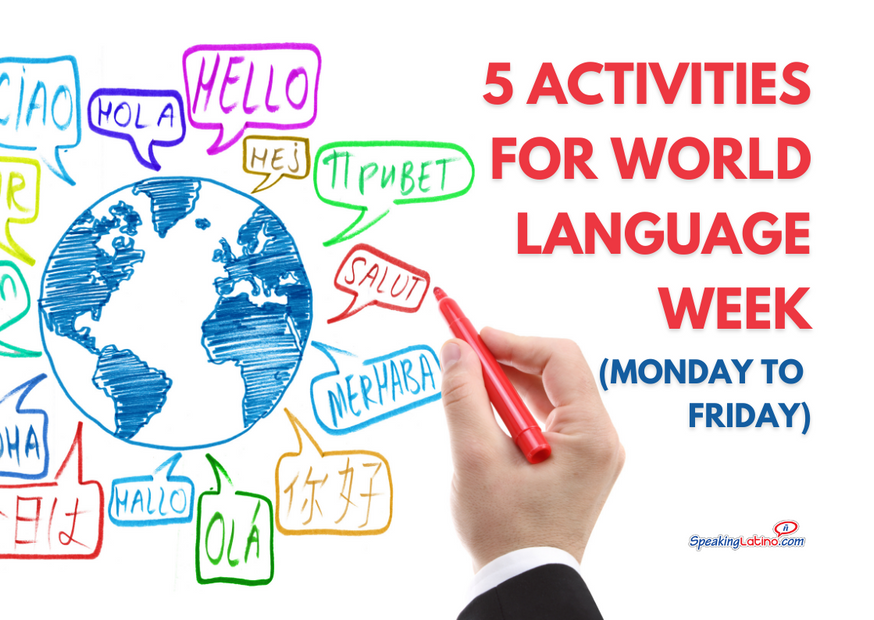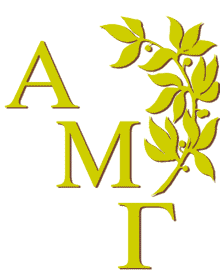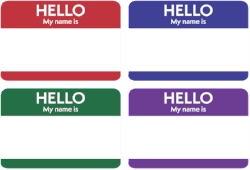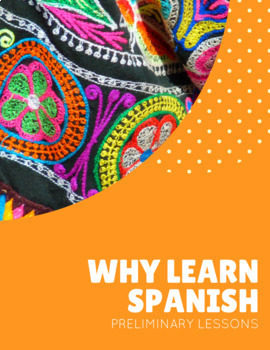
Want to bring the world and all of its languages closer to your classroom? Inspire your students to excite your school community and get everyone involved in National Foreign Language Week this March.
What is National Foreign Language Week?
Every March, schools around America celebrate National Foreign Language Week or World Language Week to discuss the joys of learning a new language and to bring awareness to the importance of studying foreign languages. The story of National Foreign Language Week starts with the members of the national foreign language honor society, Alpha Mu Gamma, who gathered together as early as 1955 to honor students who excelled at foreign languages.
In 1957, America celebrated the first Foreign Language Week. At the suggestion of the national foreign language honor society, Alpha Mu Gamma, schools and universities all over America united during this week. Even the President of the United States at the time, President Eisenhower, gave his support for this annual celebration as he too believed that the study of other languages can promote closeness and understanding amongst the different countries in the world.
Foreign Language Week is a fantastic opportunity for you to help your students build relationships within your own school community and to enhance their own pride in their study of Spanish.
Spanish Lesson Plans for World Language Week
Before we jump into the daily activities for World Language Week, here are two lesson plans suggestions if you want to do something simpler or to prepare your students in advance for the week ahead.
 Why Learn Spanish or Any Other Foreign Language Mini-Lesson Plan – Students discover and reflect upon the benefits of learning Spanish or any other foreign language with a series of videos and infographics. They will also create a poster with their Spanish learning goals.
Why Learn Spanish or Any Other Foreign Language Mini-Lesson Plan – Students discover and reflect upon the benefits of learning Spanish or any other foreign language with a series of videos and infographics. They will also create a poster with their Spanish learning goals.
 Spanish Language Changes Lives Lesson Plan – This activity aims to increase awareness about the benefits of learning a foreign language, Spanish in this case. In addition, students will reflect upon learning styles and will try to identify their own. Finally, they will think about activities they can do according to their learning style to help in their Spanish language studies.
Spanish Language Changes Lives Lesson Plan – This activity aims to increase awareness about the benefits of learning a foreign language, Spanish in this case. In addition, students will reflect upon learning styles and will try to identify their own. Finally, they will think about activities they can do according to their learning style to help in their Spanish language studies.
5 Activities for Foreign Language Week (Monday to Friday)
Some of these activities, like the language summit at the end of the week, might require permission from your department head or other higher-ups, especially if you need to reserve a space or set up tables. These activities are largely student-led, and they are particularly suitable for beginning learners, but Spanish students of all levels can enjoy the break if your curriculum allows. Determine ahead of time what kinds of parameters will work best for your class, and how much responsibility works for you and your students to have a successful experience.
 1. Monday: Spanish Language Summit Preparation
1. Monday: Spanish Language Summit Preparation
Learning objective: Students will brainstorm ideas for an imaginary language summit and create a plan for a conference for students.
How to do this activity: Begin by explaining to your students the concept of a summit, or a meeting or conference between leaders. Summits can be held by organizations like the United Nations, to bring together important thinkers to discuss issues that are important to the group.
Ask students what kinds of issues they might want to discuss if they were invited to a World Languages Summit; start with relevant educational concerns if your students seem stuck. For example:
– Why learn Spanish in the first place?
– How long should students study a foreign language?
– How to generate enthusiasm and positive feelings towards learning Spanish?
Then explain to students that at the end of Foreign Language Week, at lunchtime or another suitable recreational time, they will be the leaders in charge of running an informal Spanish language summit that will increase their classmates’ awareness of Spanish-speaking cultures.
Ask the students to brainstorm music playlists and easy food items they can bring in to share.
By the end of this activity, students will all have individual responsibilities for Friday.
 2. Tuesday: Personal History Interviews
2. Tuesday: Personal History Interviews
Learning Objective: Students will learn how to write interview questions and practice interviewing skills with a subject of their choice.
How to do this activity: Start this activity by asking your students to respond to this quote by Danish writer Isak Dinesen, either in a class discussion or in their writing journals: “To be a person is to have a story to tell.” Take as long as you prefer with this discussion and encourage your students to think of thoughtful and respectful questions that they might want to ask a person to find out more about their story.
Guide the discussion towards the learning objective with a question about the connections between language and personal histories; for example, who speaks more than one language at home?
Depending on what works best for your classroom, ask students to work independently or in pairs to brainstorm a list of ten questions about an individual’s experience with language. Some sample questions might include:
– Do you speak any other languages besides English? If so, what are they and how did you learn it? If not, what do you like about being able to speak English?
– Appropriate questions can lead to interesting stories about family, educational experiences, travels, books, and music, as well as more personal anecdotes about challenges and successes, frustrations, and celebrations.
Decide as a class on the ten interview questions everyone will use, and then ask each student to think of an adult they would like to ask to interview for this project. Teachers, coaches, parents, extended family members, trusted family friends are all eligible.
Ask students to write a post-interview description of the experience and what they learned, let the students know the due date for the interview write-ups and they’re off!

3. Wednesday: Symbol Contest
Learning objective: Students will learn about Alpha Mu Gamma and design symbols for their own chapter of the language honor society.
How to do this activity: Explain to students that at some high schools, colleges and universities, academic honor societies exist to celebrate excellence amongst students who are particularly passionate or committed to their study of a particular subject. As not all students are academically motivated, mention that honor societies are not just for good students; students who do a lot of volunteer work or excel at sports belong to honor societies that celebrate achievement in those areas as well.
Remind students that Alpha Mu Gamma is the foreign language honor society that created Foreign Language Week, and show them the symbol that represents Alpha Mu Gamma, either projected on a screen or distributed on handouts.
Ask students to think about a Spanish language honor society of their own invention: what would they require of students who want to join? Proof of their cooking skills, knowledge of music, or conjugation expertise?
Once students have set their requirements, ask them to design a symbol representing society, create the symbol in class as artistically as your resources and time allow, and then post it in the classroom for all to admire.

4. Thursday: Hello Mural Project
Learning objective: Students will learn how to say ‘welcome’ and other greetings in other languages and compile findings for community to enjoy.
How to do this activity: Before bringing this activity to class, prepare 30 ‘hello’ index cards, each with ‘hello’ written on it in a different language; include the English pronunciation if the alphabet is not English.
In class, prepare your students for this activity by reviewing greetings and introductions in Spanish.
Ask students if they know of greetings in any other languages and ask them to share before showing them a video of international hellos.
Then, distribute one card to each student so that the student can become familiar with it, and ask them to be in charge of carefully writing the hello on the butcher paper in large letters and decorating it beautifully with a lot of colorful flourishes. Make sure the students also include somewhere on their drawing the language in which their hello appears.
Post somewhere near the entrance of the school.

5. Friday: Lunchtime Language Summit
Learning objective: Students will engage with others in order to promote language learning with food samples and music selections.
How to do this activity: This activity is a relatively informal one that is meant more for celebration than for formal education.
To prepare for the summit in the days prior, simply assign students different tasks that they decide are essential to the success of the event. If your students can handle working in pairs or small groups, allow them to do so, but independent responsibility can also make for a positive experience.
Tasks can include bringing in and hanging decorations (hand-lettered posters, balloons and streamers in colors that correspond to flags of Spanish-speaking countries), buying and/or preparing snacks from Spanish-speaking countries, bringing in napkins and/or paper plates and other necessities, taking charge of the music selections and equipment.
Spanish teachers can access hundreds of lesson plans, printables, song activities, and class resources at the Speaking Latino Spanish Teacher Community. Join now!

